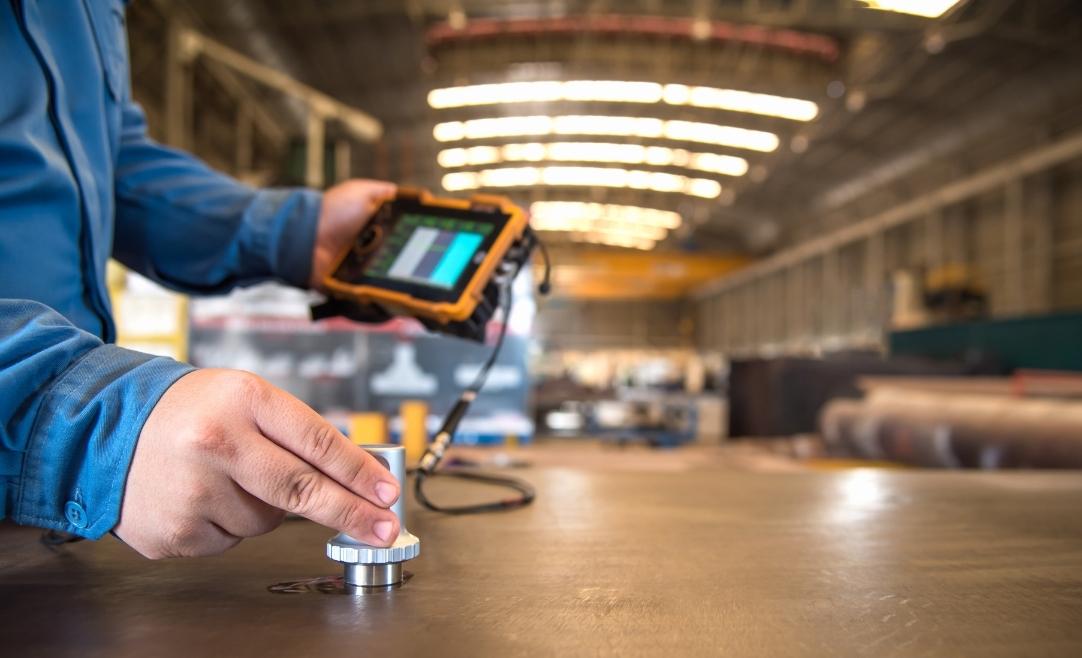

19/09/2023
Introduction
In the world of maritime transport, ensuring the safety and integrity of cargo is of paramount importance. One critical aspect of this safety protocol is the regular inspection of hatch covers. These covers are crucial in protecting cargo from the elements and ensuring a smooth voyage. In this blog, we'll delve into the Ultrasonic Hatch Cover Leak Test, a non-destructive testing method that plays a pivotal role in maintaining the structural integrity of these covers and safeguarding the cargo they protect.
The Importance of Hatch Covers
Hatch covers are massive steel or aluminum structures that seal the cargo holds of ships. They prevent water, moisture, and other environmental factors from entering and damaging the cargo during transit. Ensuring the hatch covers are watertight is vital for multiple reasons:
Cargo Protection: Hatch covers act as a barrier between cargo and the sea. Ensuring their watertight integrity prevents cargo damage and financial losses for both shipowners and cargo owners.
Stability and Safety: Leakages in hatch covers can lead to the flooding of cargo holds, causing the ship to lose stability, which can be catastrophic in rough seas.
Environmental Concerns: Accidental discharge of cargo or pollutants due to hatch cover leaks can have severe environmental consequences.
Understanding the Ultrasonic Hatch Cover Leak Test
The Ultrasonic Hatch Cover Leak Test is a non-destructive testing method that uses ultrasonic technology to detect leaks or weaknesses in hatch covers. Here's how it works:
Equipment: The test involves specialized ultrasonic equipment, which includes a transducer and a receiver.
Scanning Process: Trained technicians systematically scan the surface of the hatch covers using the ultrasonic transducer. The transducer emits high-frequency sound waves that travel through the material.
Reflection and Analysis: When the sound waves encounter a defect or gap in the hatch cover material, they are reflected back to the receiver. By analyzing the time it takes for the waves to return and their intensity, technicians can pinpoint the location and severity of any leaks or weaknesses.
Benefits of Ultrasonic Hatch Cover Leak Testing
Non-Destructive: Unlike destructive testing methods that can harm the hatch covers, ultrasonic testing is non-invasive and safe.
Accuracy: The method provides accurate results, allowing shipowners to address issues before they become major problems.
Cost-Effective: Preventive maintenance through regular ultrasonic testing can save significant repair costs in the long run.
Safety: Ensures the safety of both the vessel and the environment by preventing potential hazards caused by leaky hatch covers.
Conclusion
In the maritime industry, safety and cargo protection are paramount. Ultrasonic Hatch Cover Leak Testing is a critical tool in maintaining the structural integrity of hatch covers, safeguarding cargo, and ensuring the overall safety of vessels and the environment. Regular inspections and proactive maintenance using this non-destructive testing method are essential practices for responsible shipowners and operators. By investing in the maintenance of hatch covers, the maritime industry can continue to uphold its commitment to safe and efficient cargo transportation across the world's oceans.
Sign up to receive the best offers